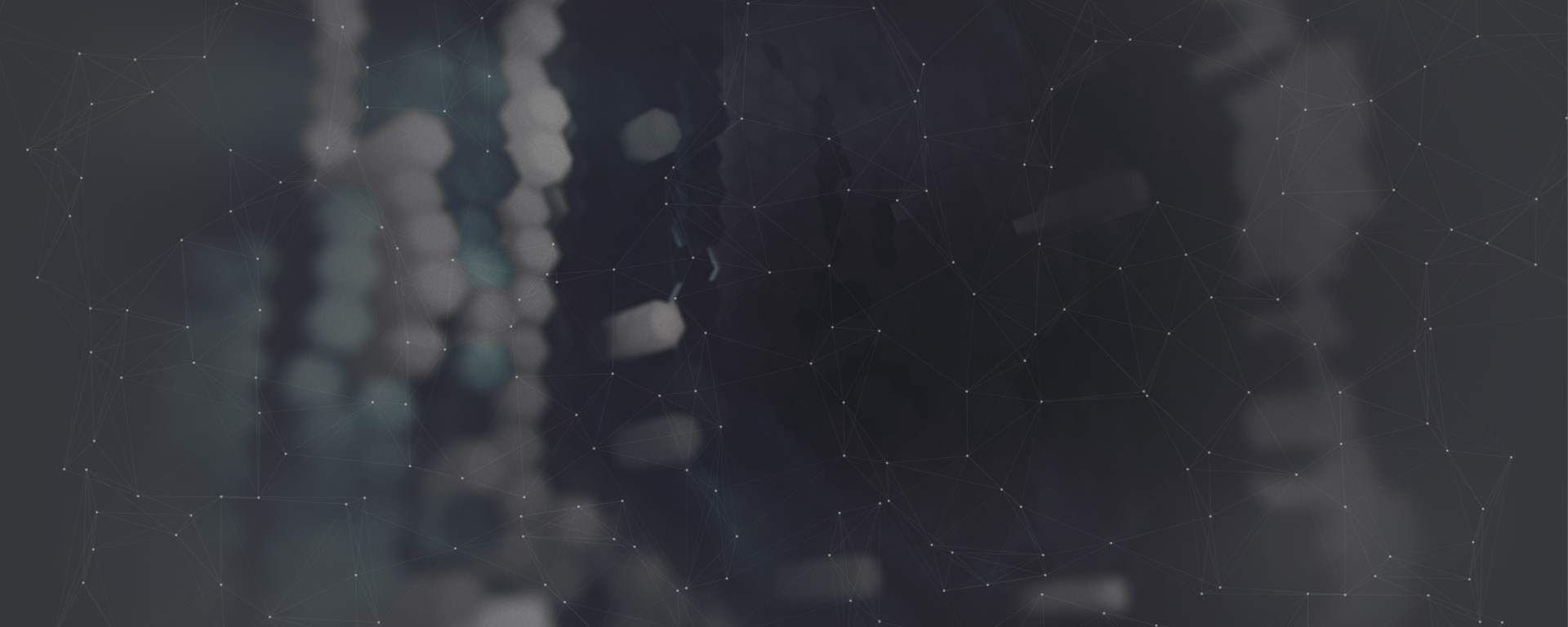
New article in Applied Sciences
Surface-enhanced Raman spectroscopy (SERS) has been intensely studied as a possible solution in the fields of analytical chemistry and biosensorics for decades. Substantial research has been devoted to engineering signal enhanced SERS-active substrates based on semi-continuous nanostructured silver and gold films, or agglomerates of micro- and nanoparticles in solution. Herein, we demonstrate the high-amplitude spectra of myoglobin precipitated out of ultra-low concentration solutions (below 10 μg/mL) using e-beam evaporated continuous self-assembled silver films. We observe up to 105 times Raman signal amplification with purposefully designed SERS-active substrates in comparison with the control samples. SERS-active substrates are obtained by electron beam evaporation of silver thin films with well controlled nanostructured surface morphology. The characteristic dimensions of the morphology elements vary in the range from several to tens of nanometers. Using optical confocal microscopy we demonstrate that proteins form a conformation on the surface of the self-assembled silver film, which results in an effective enhancement of giant Raman scattering signal. We investigate the various SERS substrates surface morphologies by means of atomic force microscopy (AFM) in combination with deep data analysis with Gwyddion software and a number of machine learning techniques. Based on these results, we identify the most significant film surface morphology patterns and evaporation recipe parameters to obtain the highest amplitude SERS spectra. Moreover, we demonstrate the possibility of automated selection of suitable morphological parameters to obtain the high-amplitude spectra. The developed AFM data auto-analysis procedures are used for smart optimization of SERS-active substrates nanoengineering processes.
Irina Boginskaya, Marina Sedova, Aleksandr Baburin, Konstantin Afanas’ev, Alexander Zverev, Vladimir Echeistov, Vitaly Ryzhkov, Ilya Rodionov, Bogdan Tonanaiskii, Ilya Ryzhikov and Andrey Lagarkov
Applied Sciences 9, 2019 (ImF 2.480)

 FUNCTIONAL
FUNCTIONAL 





